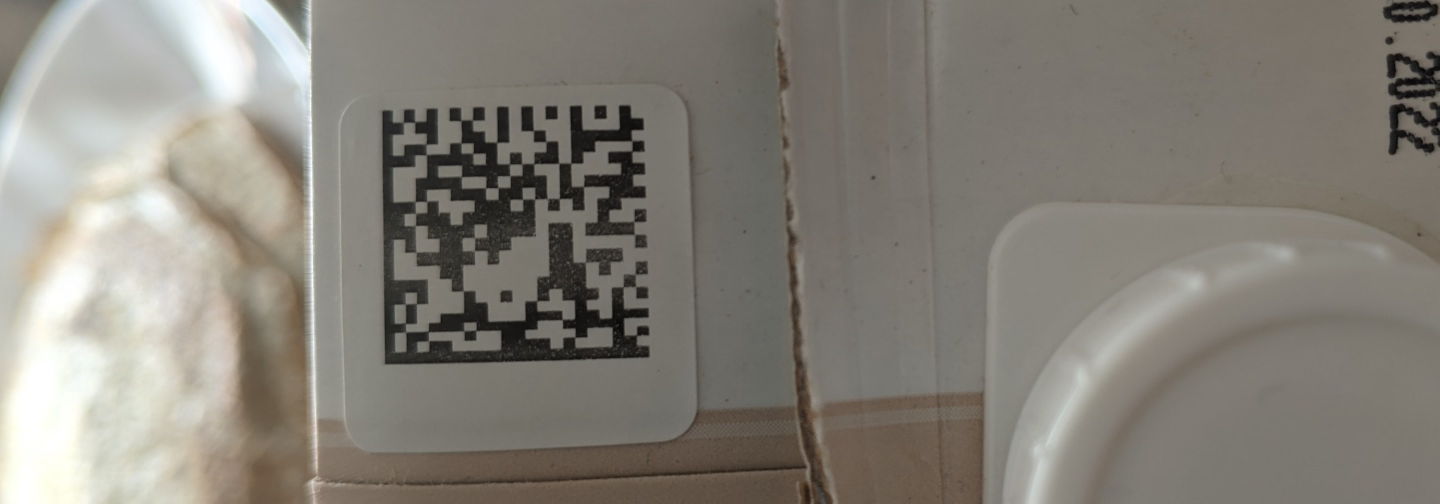A Data Matrix code is a form of two-dimensional barcode to encode data in a compact, square grid pattern. Unlike traditional one-dimensional barcodes, which consist of parallel lines or bars, Data Matrix codes are black-and-white squares arranged in a square or rectangular matrix.
Key Features of Data Matrix Codes:
- High Data Capacity: Data Matrix codes can store a large amount of data in a relatively small space. They can encode numeric, alphanumeric, binary, or byte data, making them versatile for various applications.
- Error Correction: Data Matrix codes often incorporate error correction capabilities, which allow them to remain readable even if part of the code is damaged or obscured. This feature is critical in manufacturing or logistics.
- Compact Size: Data Matrix codes are engineered to be compact and can be printed in a small size without sacrificing readability. This makes them perfect for marking products, parts, or components with limited labeling space.
- Scanning and Decoding: Data Matrix codes are scanned using specialized barcode scanners or imaging systems equipped with Data Matrix decoding software. The scanner captures image of the code and decodes the data, which can then be processed and used for various purposes.

High Data Capacity
QR codes can store more amount of data compared to traditional barcodes. They can encode various types of information, including website URLs, text, contact information, Wi-Fi network credentials, app store links, and payment information.

Scanning and Decoding
QR codes are designed for quick and easy scanning, QR codes can be read using a smartphone or other devices equipped with a camera and QR code scanning software. Scanning a QR code decodes the information, instantly revealing the encoded data to the user.

Versatile
QR codes are highly versatile and applicable across numerous industries and users, including marketing, advertising, retail, event management, ticketing, and more. They offer an efficient way to share information, engage customers, and facilitate transactions via mobile devices.

Accessibility
QR codes can be printed on various surfaces, including posters, flyers, business cards, product packaging, and digital displays. This makes them highly accessible to users in both online and offline environments.
Applications:
QR codes on packaging boost sales and engagement by offering extra information, promotions, and interactive content. They build loyalty through programs and exclusive content, while improving the customer experience with multilingual instructions and safety guides.
Click here to Download the Comparison link to access the document

